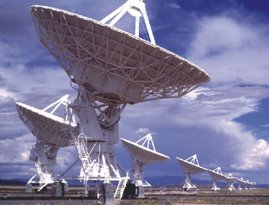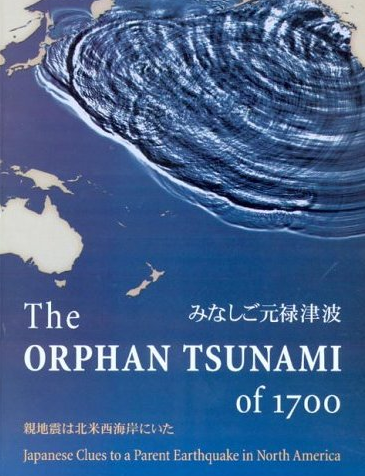
Saturday, July 28, 2007
Maybe a surprise meteor storm?
A meteor storm produces more than 1,000 meteors per hour. They are very rare, happening only a few times per century, but when they happen, they can change history. People think the world is ending. In the early 1800s, meteor storms on the east coast of the US produced more than 100,000 meteors per hour, many brighter than the full moon! This was described as silent lightning.
On September 1, 2007, the Earth will pass through a dense ribbon of material from Comet Kiess, producing the Aurigid meteor shower.
The peak will only last about 2 hours, with the true peak being much shorter, and the time can be off somewhat from the estimate since the location of the ribbon is not known precisely.
The west coast of the US, Alaska, and Hawaii are best placed to see the peak.
On the west coast, the peak should be visible at approximately 4:30 in the morning of Saturday, September 1.
Hawaii is even better positioned. The peak will be at 1:30 in the morning of Saturday, September 1.
See Figure 5.
http://leonid.arc.nasa.gov/aurigids.html
On September 1, 2007, the Earth will pass through a dense ribbon of material from Comet Kiess, producing the Aurigid meteor shower.
The peak will only last about 2 hours, with the true peak being much shorter, and the time can be off somewhat from the estimate since the location of the ribbon is not known precisely.
The west coast of the US, Alaska, and Hawaii are best placed to see the peak.
On the west coast, the peak should be visible at approximately 4:30 in the morning of Saturday, September 1.
Hawaii is even better positioned. The peak will be at 1:30 in the morning of Saturday, September 1.
See Figure 5.
http://leonid.arc.nasa.gov/aurigids.html
Subscribe to:
Post Comments (Atom)

No comments:
Post a Comment